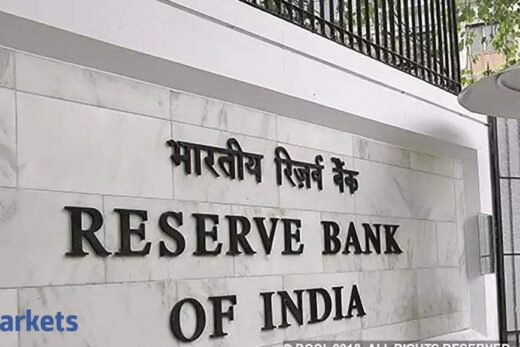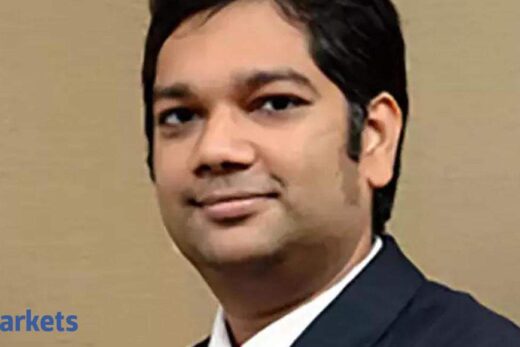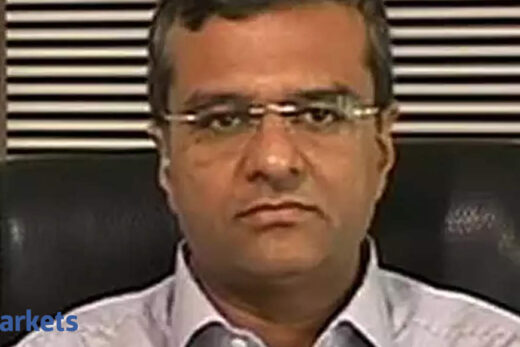How are you analysing the investing landscape – both debt and equity? You have managed almost $30 billion across these two sides of the market. Let’s start with equity.
Let me give you some perspective on how we are looking at the equity markets and also on the investing landscape as far as equity markets are concerned. I do not think I will be adding value to you by saying that they are at an all-time high and there the valuations are on the higher side because all of us know that that this liquidity driven rally is something which we have been observing for last 15 months, thanks to extensive easing being done by central bankers globally. That is how valuations are on the higher side.
However, there are certain finer points I wish to highlight here. One, inflation as we all know has been running on the higher side. While most of us track CPI which is running at 6% plus, WPI is actually more and indicator of the inflation which the companies are witnessing or experiencing that is running at 12% and we all know inflation typically leads to earnings upgrades in a high inflationary environment. There will be companies reporting better numbers and high WPI is actually a sign of better purchasing power in the hands of the companies. In a way, that is how we have got tailwinds in the earnings estimates for the overall corporate sector led by commodities.
Secondly, if we look at the alternate investing avenues especially the fixed deposits in India, the rates are sub-5% as against the inflation that we are witnessing. So in a way, more and more fixed deposit or fixed income savers are actually coming into the equity markets and this is what we are observing not just in this country, but globally. That’s why we are seeing a constant flow of money coming into the equity markets and that is also responsible for sustaining these markets at higher valuations.
As a house we have always been proponents of managing your asset allocation with a lot of discipline. This is irrespective of the view around markets. This is irrespective of the market levels. We always look at the risk and income profile and also age. One should be carrying a mix of both debt and equity. In this kind of environment, equities do look attractive but what we cannot take away is the fact that equity markets will always remain volatile and it is important to manage and balance that volatility by carrying a small debt exposure.
Given the tax paradigm, where equity oriented products or pure equity carries lower taxation, I would suggest for most investors who are investing in equities directly or through institutions like us that probably two-third equity and one-third debt is good asset allocation.
What is your view on the macro environment purely in terms of inflation data versus rate trajectory? Do you see a case for a bit hardening of the yields back home because pricing power is coming back? Do you think it will be taken positively and medium to long term, is the major pause in the rates over?
Let me throw some perspective here. Inflation data points not just in India but globally including in the US, have been surprising negatively which means the actual inflation data points are coming higher than what was originally expected or priced for. However, most central bankers are calling it a transient phenomenon. Our belief is that it may be partly transient because of supply bottlenecks but there is a structural component as well and the only reason why the central bankers have been delaying that tightening or tapering is because they wanted a proper normalisation of their respective economies.
Our belief is that come September, we will start hearing talks around tapering. In fact, in the September Fed meet, there is a likelihood that they may come with a plan of gradual tapering which may start from early calendar 2022. Likewise in India, while CPI has been surprising negatively, We have seen a fairly easy stance by our central bank and understandably so. However, as and when the signals start coming from the US, other countries including India will start responding in a similar fashion. So is there a case for gradual tapering and tightening? Answer is yes. Are we expecting interest rates to go up gradually in the medium term? That answer is again yes.
A large section of financials have not done anything for the last six to eight months. Some large petroleum, technology conglomerates have been range bound. It has been a metals and midcaps run rally. Where do you see margin of safety in this kind of a market?
When we are looking at say midcaps or small caps versus certain large cap names or themes, we need to have a time horizon in mind. In the last six months, midcaps and small caps have done much better than some of the large caps. But if you go back to last year, some of the names that you were probably referring to had done extraordinarily well. So they had rallied by more than 100% in a matter of just a few months.
Typically a market rally initially starts with the leaders and some of the bigger companies rally and then typically it is followed by the midcaps and the small caps and that is how the market breadth widens. On top of that, in the last one month or so, FIIs have been sellers barring the last three days. Typically, when FIIs sell, they sell the holdings where they have maximum weight and those are typically the large cap holdings.
On the other hand, domestic institutions have been buyers and many of them have been receiving money in the so called flexi cap or the multi cap funds. So naturally, because of that, there has been more strength in the mid and small caps. On top of that, one phenomenon which we all know and are aware of is the fact that retail investors have been extremely active in the financial markets and they typically also tend to trade more in that space. This is why we are observing this kind of behaviour where initially the large caps did well and in the last six months the mid and the small caps have done better.
Coming to where we see margin of safety, we believe that there are certain large caps where there will be greater margin of safety but it is not going to be just a function of market cap. The overall construct of business, resilience and ability to deliver predictable returns quarter after quarter and year and year after year will matter more. Some of the sectors like technology and even FMCG which has not participated as much in the rally, can act as good defensives at the current point in time.
What kind of asset allocation would you advise to first- time investors in 25-35 age bracket with a 10-year plus horizon and with reasonable investable cash flow?
If the profile of investors is young then their ability to take risk is high. At the same time, if the person has a horizon of 10 years which is a typical profile for investors coming to institutions like us, then their ability to withstand volatility is also high. It is good to carry an equity oriented portfolio so that is point number one.
Secondly, we also have to understand that right now, valuations are not on our side. It is on the higher end of the range that we have historically observed so it is good to balance that exposure with some kind of debt exposure and that is why two-third equities and a one-third debt is a good starting point given there is a 10-year horizon.



